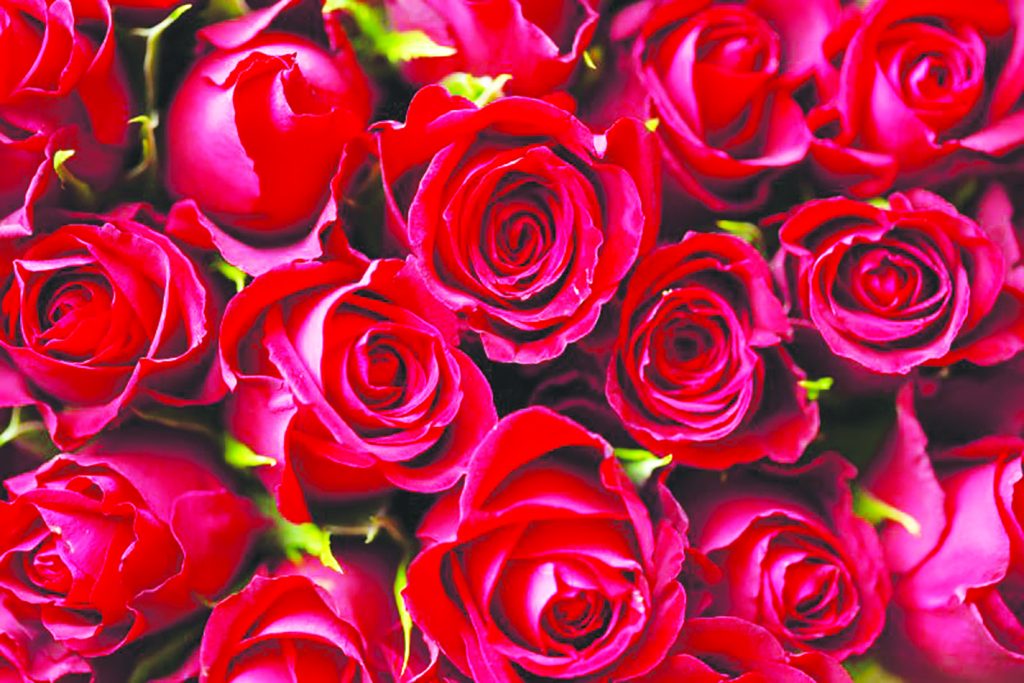
“The floral industry in the United States was highly affected by the 2020 pandemic,” said Barbara Leshyn, floral design instructor for Virginia Tech’s School of Plant and Environmental Sciences. “People stopped getting married, they stopped having graduations, they stopped having big conferences or any type of meeting where you would need flowers,”
However, as the U.S. emerged from lockdown, Leshyn said the floral industry rebounded in a huge way, and so far the recovery, and the fondness for giving flowers, shows no signs of slowing down. “We saw record sales in 2021, we saw record sales in 2022, and our projection is that in 2023 we will have record sales specifically for Valentine’s Day.”
Leshyn said the floral industry is doing even better now than it was before COVID-19 arrived. In 2021, the industry rapidly ramped up to meet demand and ended up clearing $6 billion in sales, a new record. That figure includes both cut flowers and the potted plants one buys for home gardens. Breaking out flowers alone, florists made $360 million in sales as opposed to $220 million in 2019, according to the Society for American Florists. Though final figures for 2022 are not yet available, they are likely to be even higher, Leshyn said.
“Valentine’s Day shoppers will see prices higher than they were in 2019, but on par with prices from 2022,” said Leshyn. “Though the European floral industry has been affected negatively by recession and the Russian invasion of Ukraine, the U.S. market’s ties to South America provide security. We look good for the next year or two.”
Florists have a lot to look forward to this Valentine’s Day with the National Retail Federation predicting that consumers will spend a record $25.9 billion and that 37% of those shoppers will buy flowers. Yet what about the long view for these fragile blooms?
“Long-term concerns have grown because older generations have generally been florists’ dependable customers,” Leshyn said. “The industry has responded by courting new, younger customers through TikTok. When you have an industry that relies on a perishable product, they have to be pretty forward thinking all the time.”




